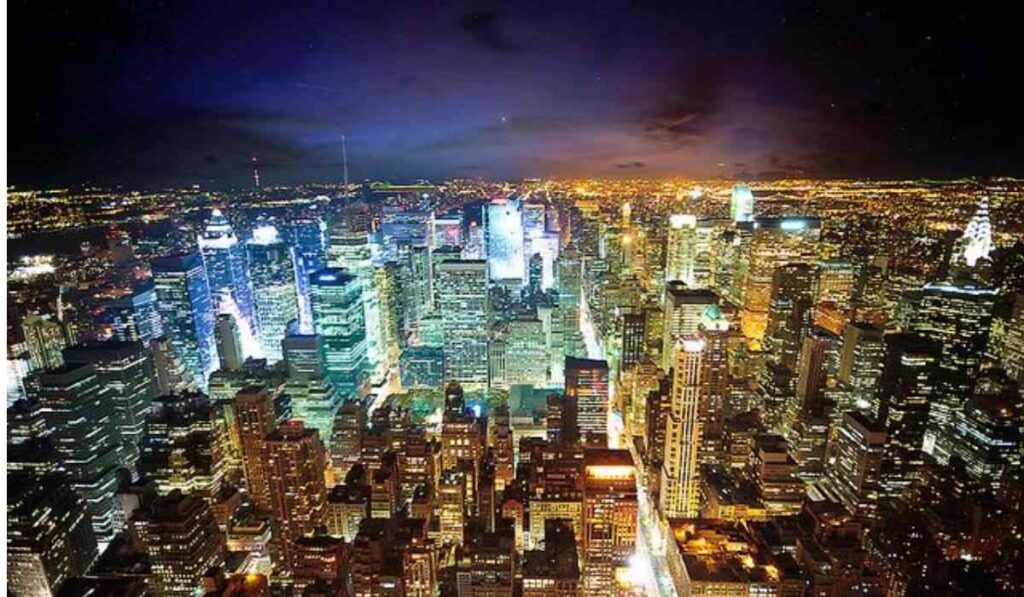
Global warming is a big problem that mankind is only just waking up to. Not many pay attention to it enough as things stand, but that is sure to change in the future if mankind continues on this trajectory.
Evidence of global warming has abounded in recent times, and now a new study has revealed that rising temperatures are not just affecting the surface.
What Is This New Study?
The study in Chicago says that underground infrastructure in American cities could be at risk due to temperature increases. And that urban infrastructure, like public transit, is causing subsurface heat islands.
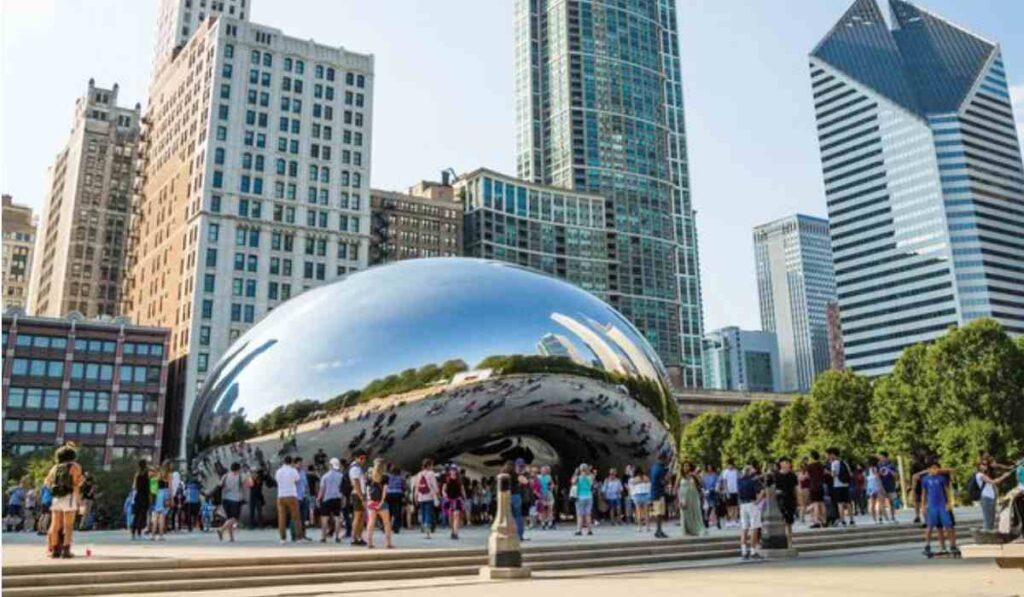
Exposed to these changes in temperature, materials like soil, rocks, and human-made construction materials have been known to shift and crack.
How Was The Study Carried Out?
Rotta Loria and his team are the brains behind the study. To reach these conclusions, they studied this phenomenon for years by setting up temperature sensors across Chicago.

They centered their efforts in the Chicago Loop, known as the hub of both the surface and underground.
ALSO READ: Why Are People Running From the Police Force Despite a Six-Figure Salary?
The Captured Data Showed Major Heat Increase
The data showed that underground temperatures beneath the Loop are usually 50 degrees Fahrenheit hotter than beneath Grant Park.
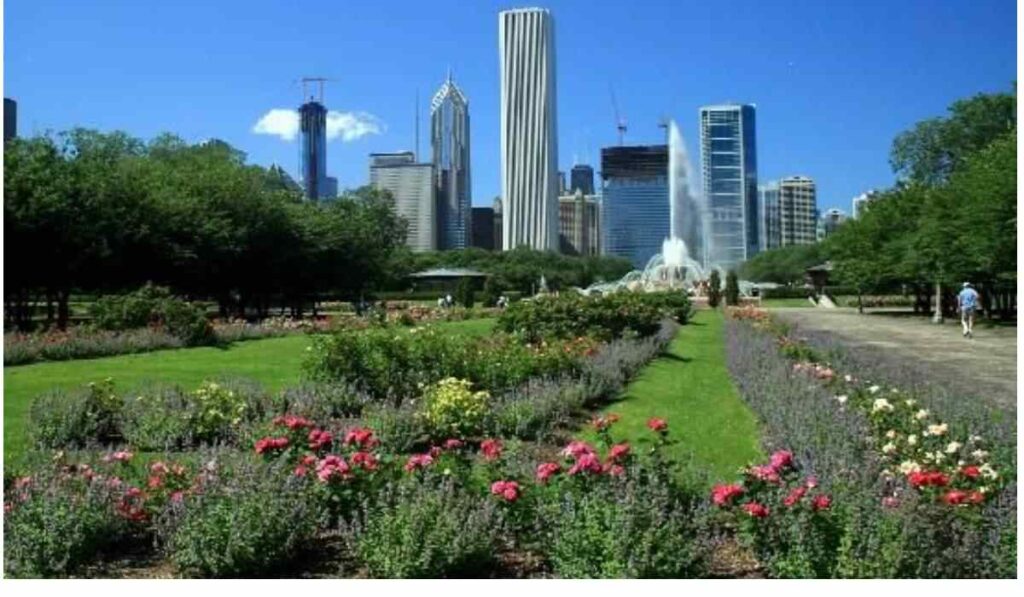
Loria used the information to create a 3D computer model that simulates how ground temperatures have changed since Chicago finalized its subway tunnels in 1951.
How the Underground Heat is Affecting Cities
When the ground warms up, deformation follows. This causes the nearby ground to crack and move.
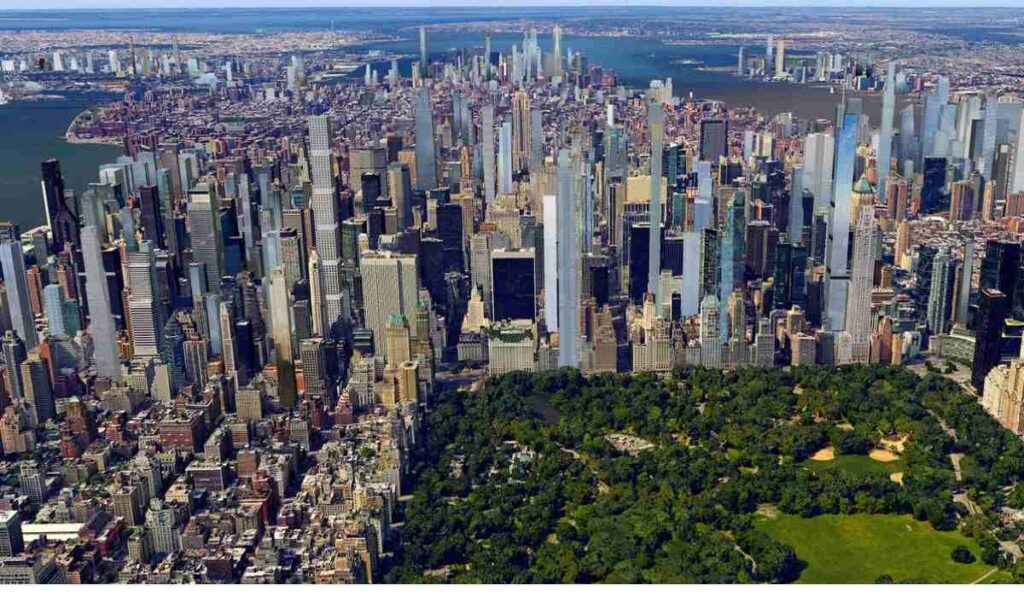
The movement ultimately causes long-term damage to the durability of the structure that is on top of this uneven ground. This means that buildings in the area may be ticking time bombs,
What Is Underground Climate Change?
According to ZME Science, the warmth from buildings and underground transportation spreads across many urban areas, causing an increase in the ground temperature.
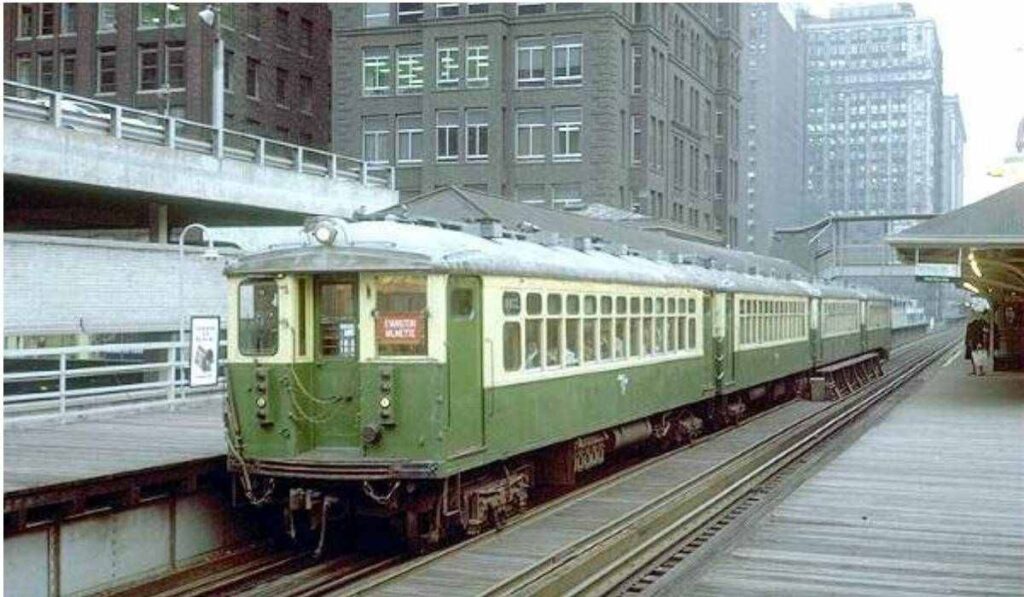
ZME Science refers to other research that shows this warming can increase temperature by between 30 and 36.5 degrees Fahrenheit every ten years.
What Happens If Underground Climate Change Happens Overtime?
“Deformations caused by underground climate change are relatively small in magnitude, but they continuously develop,” lead study author Alessandro Rotta Loria told CNN.
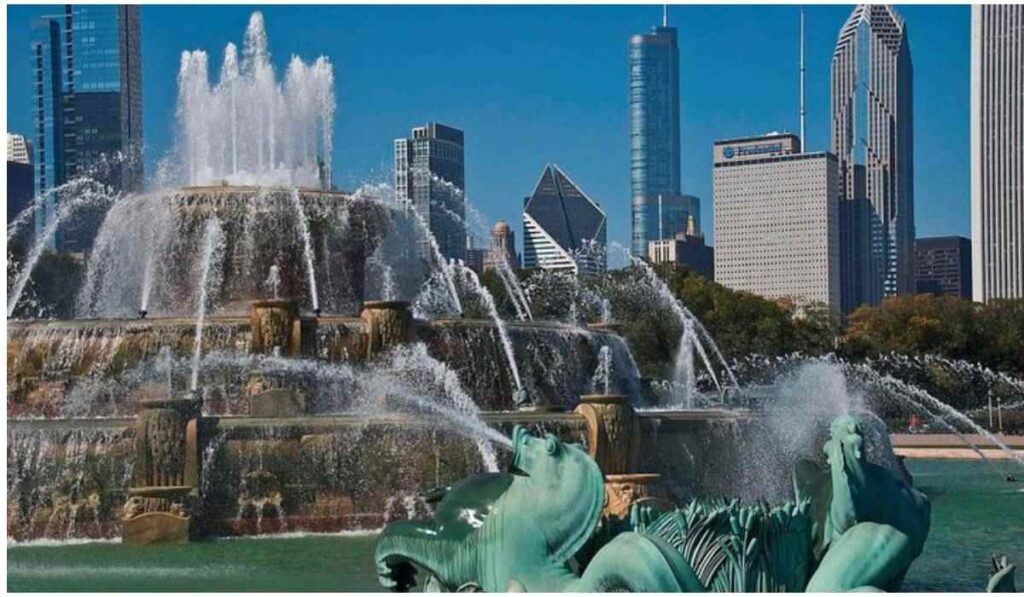
She added that given time, these deformations could become very significant for the operational performance of civil infrastructure like building foundations, water retaining walls, and tunnels.
POLL—Is Climate Change a Major Threat That Requires Immediate Policy Action?
Underground Climate Change Is Not New
Researchers have been looking into underground climate change for nearly three decades now. It’s meticulous work. However, there has been progress.
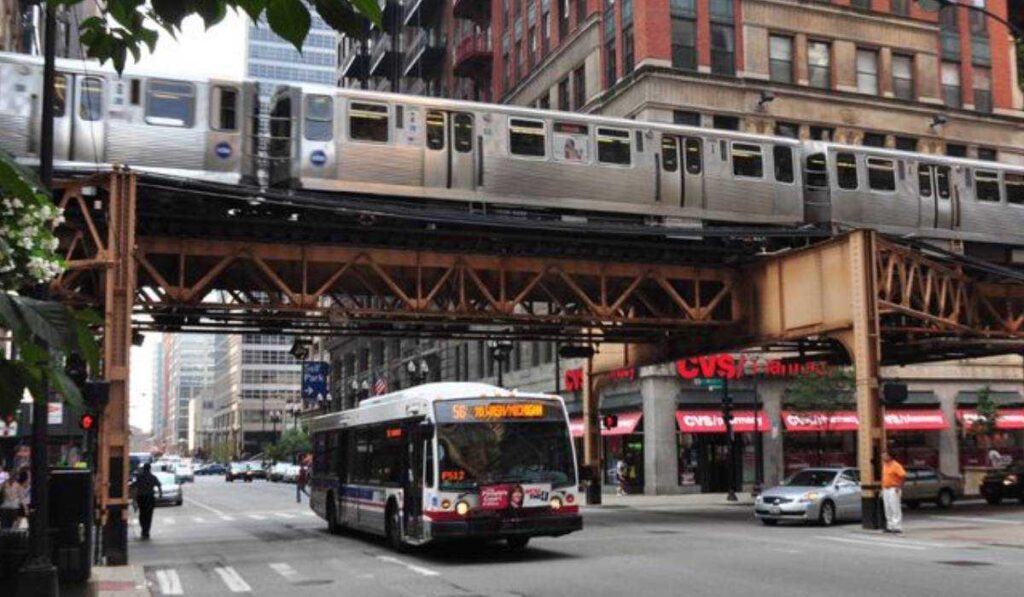
This is the first time that researchers have been able to connect subsurface heat to city infrastructure.
Heat Islands Pose Hazard In Urban Areas
While it is easy to conclude the heat islands and deformations could be behind the recent wave of collapsing buildings, Loria says there is no direct correlation between them.
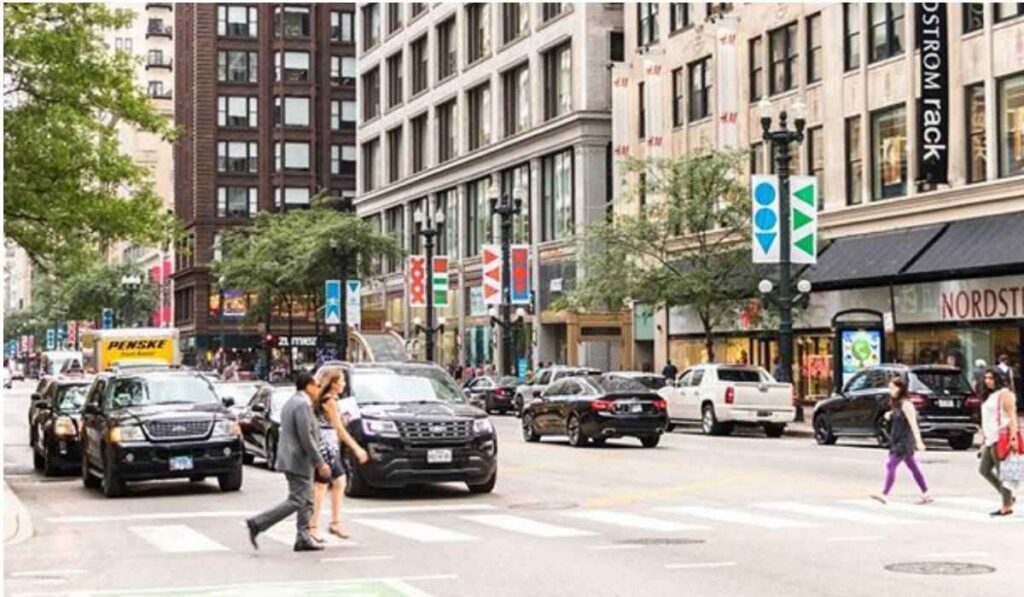
However, there is no doubt that they are a “silent hazard” that can make buildings distort and tilt.
Dense Cities Mean Heat Islands
Heat islands form beneath densely populated cities. This means that Other cities such as Los Angeles, New York, and Miami may be affected by this phenomenon as well, not just Chicago.
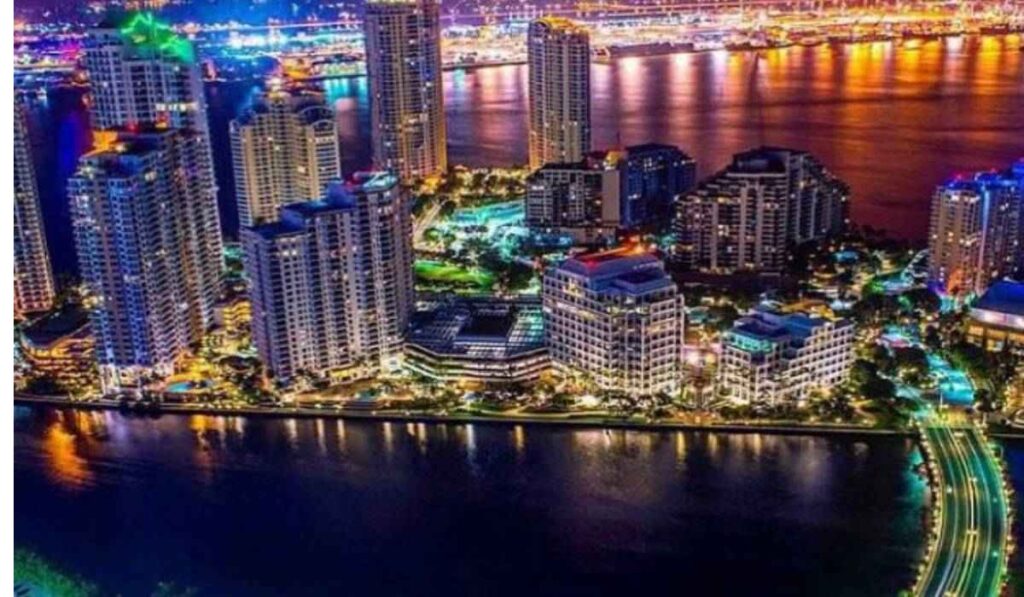
“The denser the city, the more intense is underground climate change,” Loria said. Dense cities have lots of infrastructure which could be a contributing factor.
Ushering In A New Age for Energy Usage
This study has highlighted many potential consequences that can happen due to the heat islands. However, that is not all it was able to accomplish.
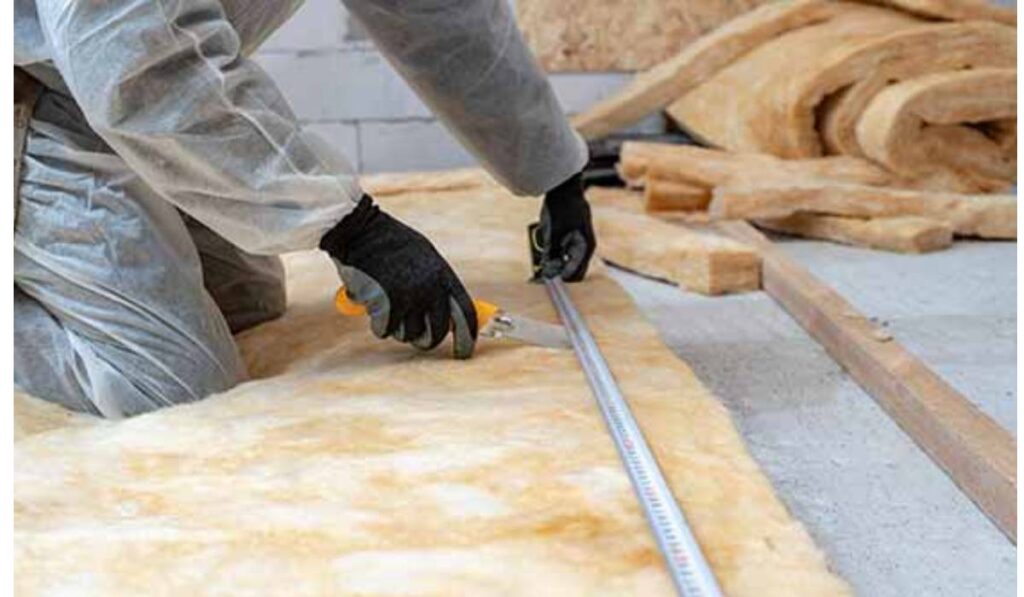
The study has also opened up new doors for how energy can be used for geothermal heating and cooling or channeled into thermal insulation.
Older Buildings Need to Channel Heat Better
Building new structures most likely won’t make the heat islands any worse than they already are. But it is a different case with older edifices.
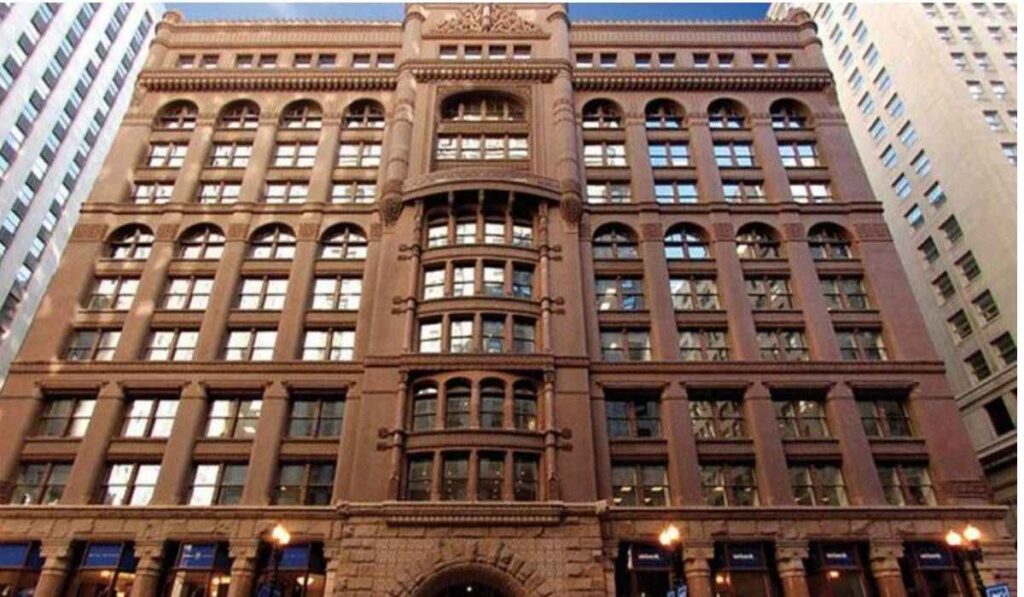
Older buildings are a problem, but they may be able to undergo retrofitting to channel heat better.
ALSO READ: Florida County Rejects Hindu Temple Proposal
More Potential Effects Of Global Warming
Global warming is a looming threat everyone should contribute to alleviating. Aside from how it is affecting underground climate, it is also causing more glaciers to melt.
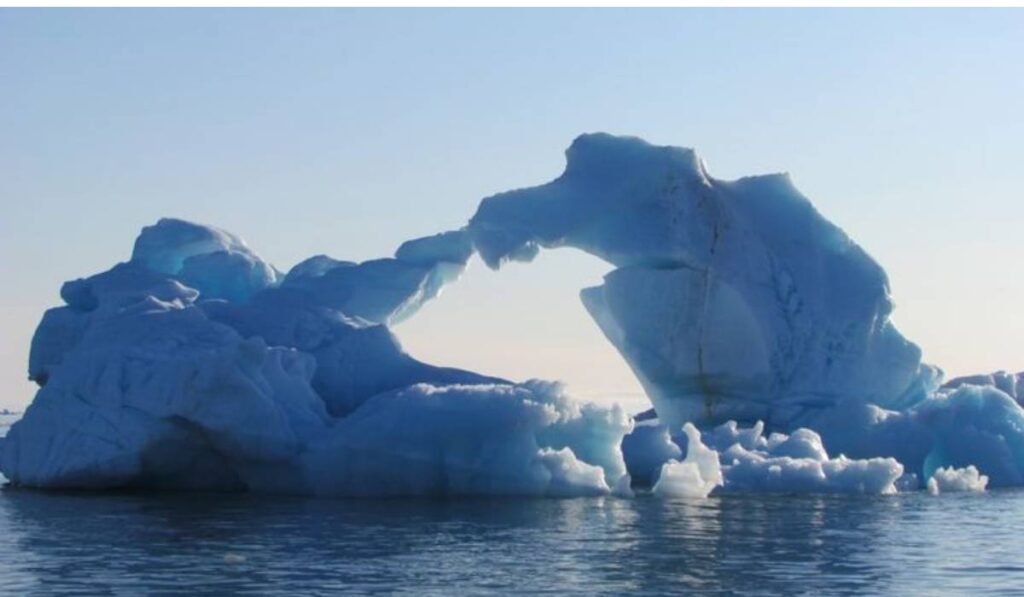
These glaciers are believed to house ancient pathogens like the zombie virus discovered in 2014. These pathogens lie dormant in the ice, but as it melts, they may spread, becoming another pandemic.
You Might Also Like:
Security Bounces Mom From a Rockettes Show After Facial Recognition Tech Identifies Her as a Threat
Why Are People Running From the Police Force Despite a Six-Figure Salary?
Do Rural Americans Spend More Money Than Those in Urban Areas?
“Vote No, Take the Dough!” Critics Blast Republicans Enjoying Benefits After Rejecting Spending Bill
US Officials Claim Chinese Hacking Operation Against Infrastructure Threatens American Lives
